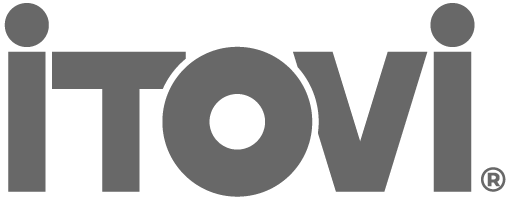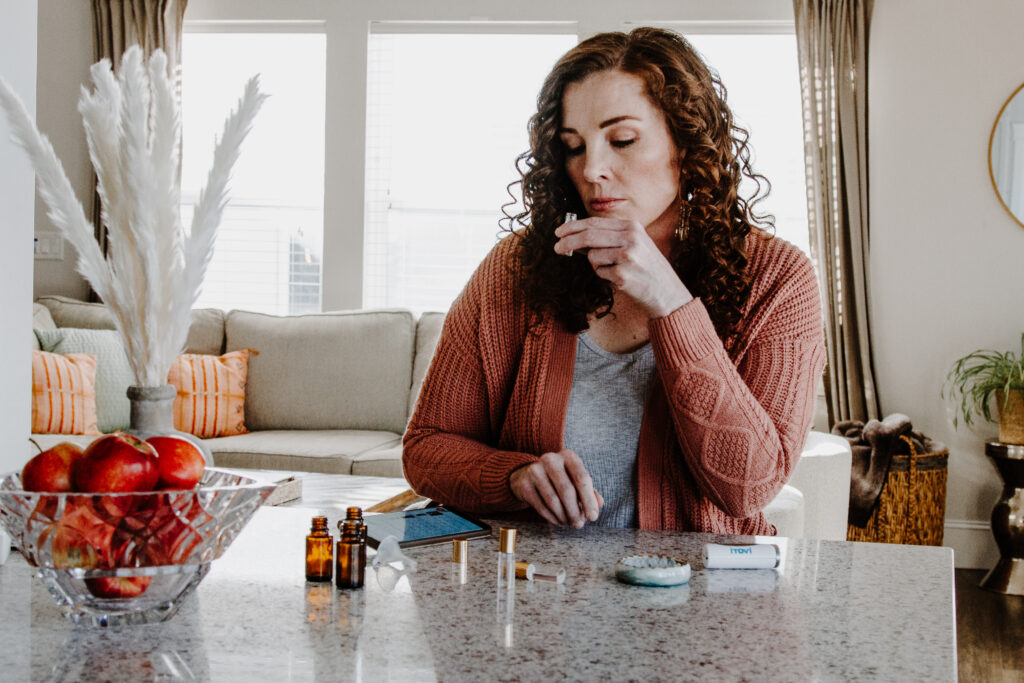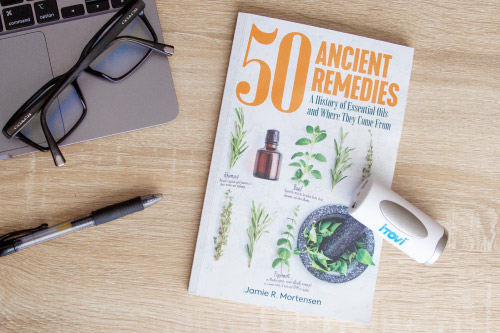
“He who fails to plan is planning to fail” – Winston Churchill
Exercise usually takes a little planning.
Let’s be honest, most people don’t typically feel the need to exercise with the nearly same regularity or intensity as they feel the need to eat, sleep, or socialize! Exercise is a wellness foundation too, but we have to put a little extra thought and effort into it than our other foundations.
Vague intentions and loose plans might get you into the gym, onto a yoga mat, or out jogging a time or two. But if you want the wellness benefits of an exercise habit—you need a solid plan.
You need something that’s easy to remember. You need something effective and sustainable. And (if you remember from Part 1 of this guide) you need to have exercise activities that you intrinsically enjoy doing.
A plan that meets all those qualifications may sound like a tall order. But it can be done! Grab a notebook and a pencil, ‘cause we’re about to teach you how to create a great, personalized exercise plan!
In this blog post, we’ll focus on the basics of building a sustainable, personalized exercise plan for beginners.
Timing
“I’ll do it later” is a deadly phrase. When is “later”? In a few hours, a few days, or a few weeks? “Later” is not a plan and gives your brain permission to forget about your goals.
The first thing you need is to choose a specific time when you will exercise. By setting apart a specific time beforehand you can avoid the deadly vagueness of “later”.
How much time should you set apart? How many times a week? There are a lot of combinations you could go for, but here are some baseline rules:
- The more regular the better. If you are working to nail down a habit, 3 days a week always at the same time of day is better than 4 or 5 days a week at any time of day.
- Always plan for AT LEAST 20 minutes per exercise session. You can even set apart an hour and give yourself permission to quit after 20 min if you need to. But try to always dedicate at least 20 min to your exercise. Why 20 min? Learn more here.
- Write it down. This will help you commit yourself mentally.
We’ll talk more (in future parts of this exercise guide and later in this post) about how much overall time you should be spending exercising per week. We’ll talk about time metrics and intensity metrics and a whole lot more.
But for now, for beginners, the most important metric to focus on is consistency. To help your body get into the habit of exercising, we recommend planning for at least three, regularly-timed, 20-minute-minimum exercise sessions per week.
Your goal in those 20 minutes is simple: to fall in love with connecting to your body through exercise.
You can, of course, extend the sessions or make them more frequent. This is just a starting point. Just don’t (yet) push yourself past the point where you are intrinsically enjoying the exercise process.
| Are three 20-minute sessions a week enough? Enough to get started with. Best to start with something sustainable, build a habit, and expand from there.
The American Heart Association recommends 150 minutes of moderate aerobic activity per week for general health. Make it your goal to work up to that and discover a pattern that works for you (be it 25 minutes 7 days a week, 30 minutes 5 days a week, 50 minutes 3 days a week, etc). We’ll discuss heart rate zones, strength training, and other factors in Parts 3 & 4 of this guide. |
Where
Our environment affects us a lot. It’s typically easier to study in a library, typically easier to fall asleep in a dark, private space, and typically easier to exercise when you are in a space dedicated to the purpose.
Even if a gym isn’t an option for you, try to do your 20-minute minimum exercise in a place where you don’t do too many other things. And, unless your favorite form of exercise is exploring new places, a regular, familiar environment (as well as a regular time) will help your brain get into the exercise mood.
Make exercising easier and more enjoyable for yourself with comfortable shoes and some comfy, attractive workout clothes. You may also up your exercise game with a good workout playlist, diffusing invigorating oils, great exercise companions, or other workout hacks.
What Kind of Exercise
The first thing to do is to train your body to see exercise as a good thing. So start with the kind of exercise you can intrinsically enjoy!
Feel free to experiment a little. What helps you connect with your body in a positive way? Stretching is always a good place to start. Feel the pleasure of rolling out stiff joints, feeling your muscles bunch and stretch, feeling your lungs expand, and feeling the tension (either from being sedentary or from other exertions) leave your body.
Now you’re “awake” and mentally present in your body, what’s next? Power walking to some pump-up music? Following a yoga routine? Are your legs itching for some calf raises? Are your arms eager for some dumbbell work? Choose an activity that will help you continue connecting to your body.
If you get nauseous, you can return to stretching or some deep breathing exercises. But no shambling walks or just sitting there!
And whatever you do, don’t stop connecting to your body until your exercise time (20 minutes minimum) is up! After 20 min, you might feel a natural desire to keep going. Do so if you have the time! Discover how far your body wants to go!
Over time, you’ll get a sense for what kinds of exercises you enjoy and what kinds of exertion your body craves. Once you have a habit in place, it will be easier to expand your list of exercise activities, get ambitious, and go for more intensity. Keep at it and what you do now for exercise may one day become the “warm up” you do for more challenging exercises.
Just make sure that whatever exercises you do, do them with good form to minimize the risk of injury (better fewer reps, fewer miles, etc with good form than more with poor form).
Ways to Personalize Your Exercise Plan
There are several ways to refine and personalize your wellness plan so you can get the best results for your body.
iTOVi DNA: Discover the types of exercise your body is built to benefit most from based on your DNA. We recommend getting the Fitness & Nutrition Reports along with the basic Balance Report. Learn more here.
Somatotype: Discover the theory of 3 different body types and which diet and exercise options work best for each type. Learn what your body type is and personalize your exercise plan. Learn more here.
Cycle-syncing: Built to help women live in health-promoting sync with their hormone cycle, cycle-syncing will teach you to recognize and make the most of your high-energy exercise times and adjust for your body’s needs during low-energy times, adapt your diet to your hormonal needs, become more emotionally in-tune, and more. Learn more here.
iTOVi Scan before working out: It’s always good to check in with your body and get a baseline for how you are feeling before you start working out. And, for beginners, if you are having trouble deciding what kind of exercise to do, your scan can help you out!
| Body System | Recommended Exercise |
| Brain | Tai-chi |
| Cardiovascular
Respiratory Skin & Hair |
Deep Breathing Exercises
Aerobic Exercise HiiT |
| Nervous
Endocrine Structural |
Stretches
Yoga Barefoot walking Whole-Body Exercises (lunges, push-ups, squats, rowing, etc) Strength Training |
| Immune | Power-walking OR cleaning intensively enough to get your heart rate up |
| Urinary | Kegel Exercises
Whole-Body Exercises (lunges, push-ups, squats, rowing, etc) Strength Training |
| Digestive | Any of the above |
Join us for the upcoming Part 3 of the iTOVi Exercise guide where we’ll talk about warm-ups, cardiovascular fitness, and aerobic exercises!




